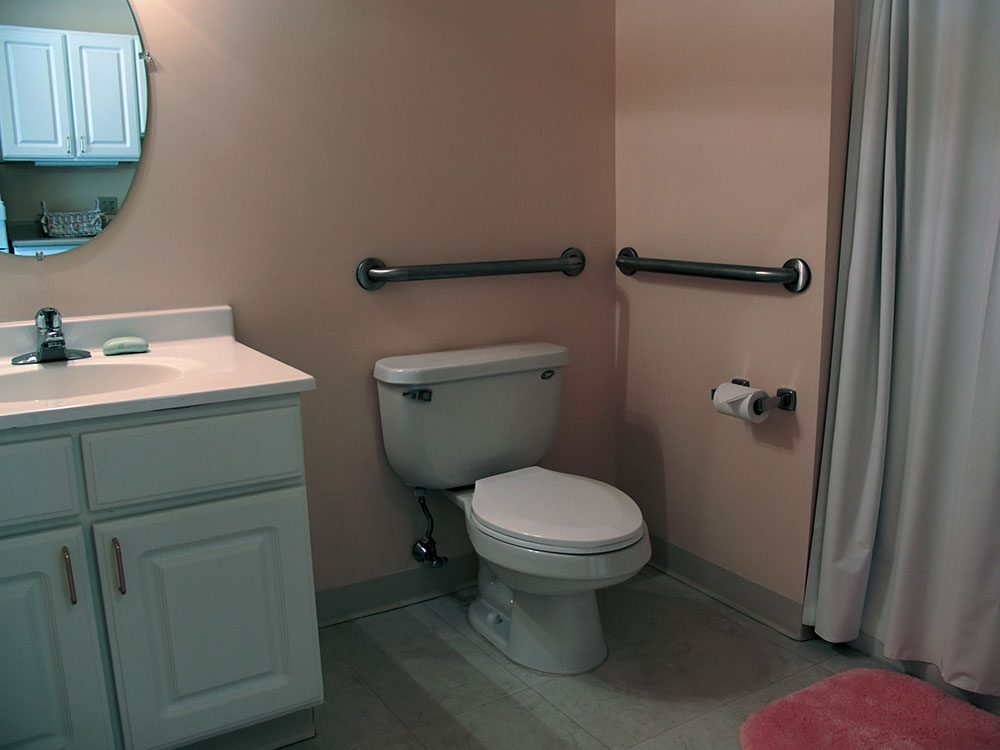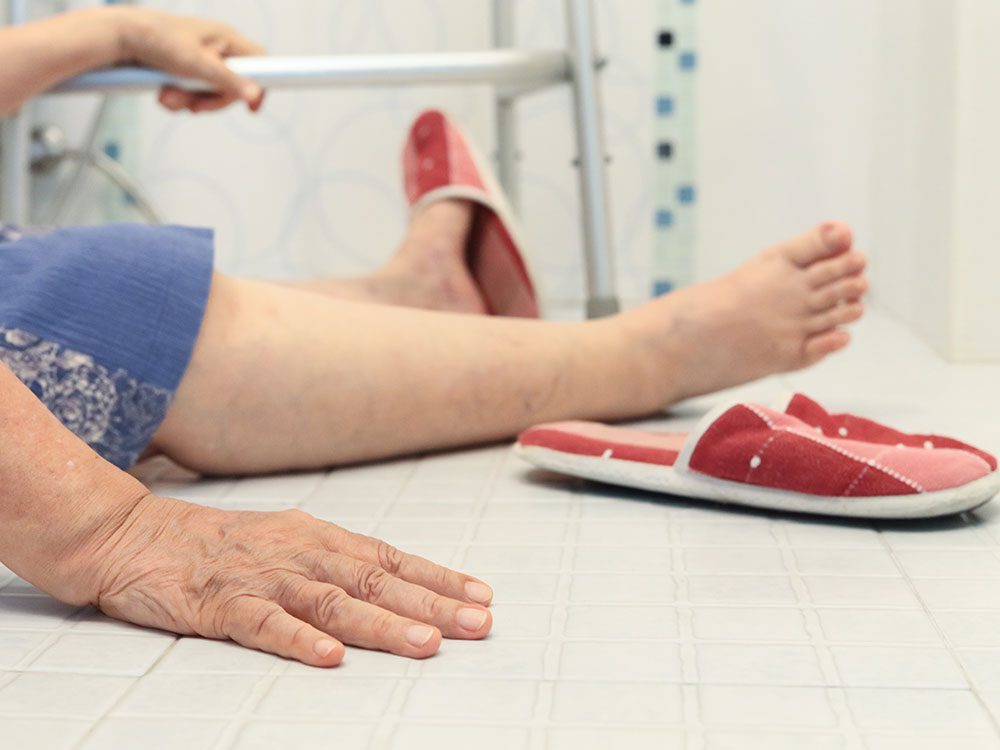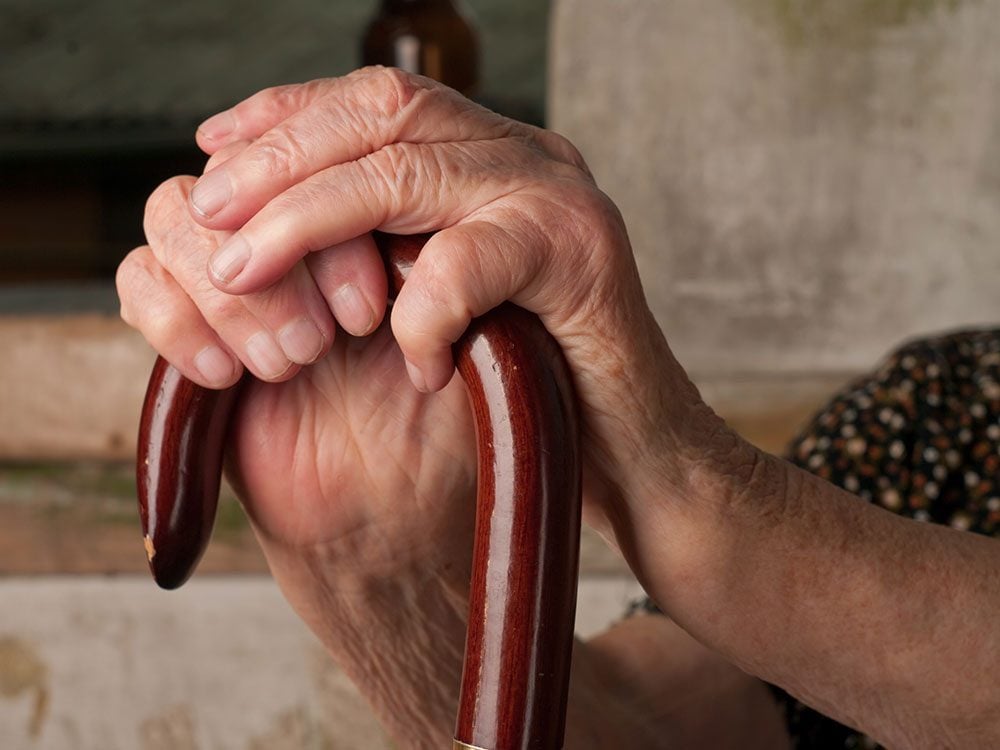
1. Modify Your Environment
Some of the risk factors for falls – arthritis, reduced reflexes – are hard to avoid, but plenty of them can be managed. For instance, more than half of tumbles happen at home and are often due to hazards such as clutter, uneven surfaces, loose carpets and dim lighting. In addition to addressing these problems, “Make sure you have a steady place to sit while dressing and undressing,” says Åsa Bygdeson, a primary care nurse focusing on gerontological issues in the Västerbotten region in Sweden, “and see to it that your electric and telecommunications cables are out of the way.” She also recommends handrails on all staircases and non-slip mats and grab bars in bathrooms.

2. Evaluate Your Footwear
The next step is to evaluate your footwear: avoid slippers, backless shoes, high heels, flip-flops, socks without shoes and soles made from leather. These can all increase your risk of falls. Rubber soles are a better bet, especially if they have treads.

3. Invest in a Cane or Walker
Canes and walkers can help with balance, but only if they’re in good repair, the right size and employed properly. Most people with walking aids have never been instructed on how to use them. A cane should be held in the arm opposite the weakest or most painful leg and swung forward at the same time as that leg. When handling a walker, make sure all four tips or wheels are touching the ground before taking a step. The top of a cane or a walker should be the same height as your wrists when you’re standing with your arms relaxed at your sides.
There are plenty of additional ways to reduce the risk of falls, from strength training and balance exercises to reviewing your prescriptions with a pharmacist at least once a year (certain medications and combinations may cause unsteadiness). Taking control of your risk builds confidence and leads to a more active and healthy lifestyle.